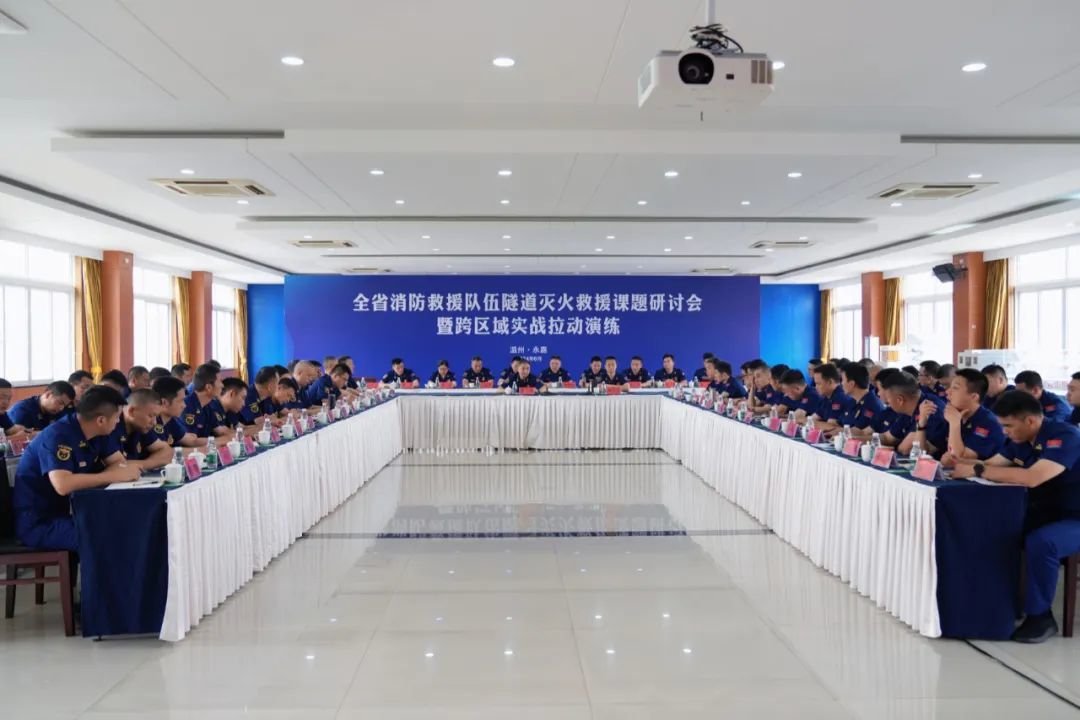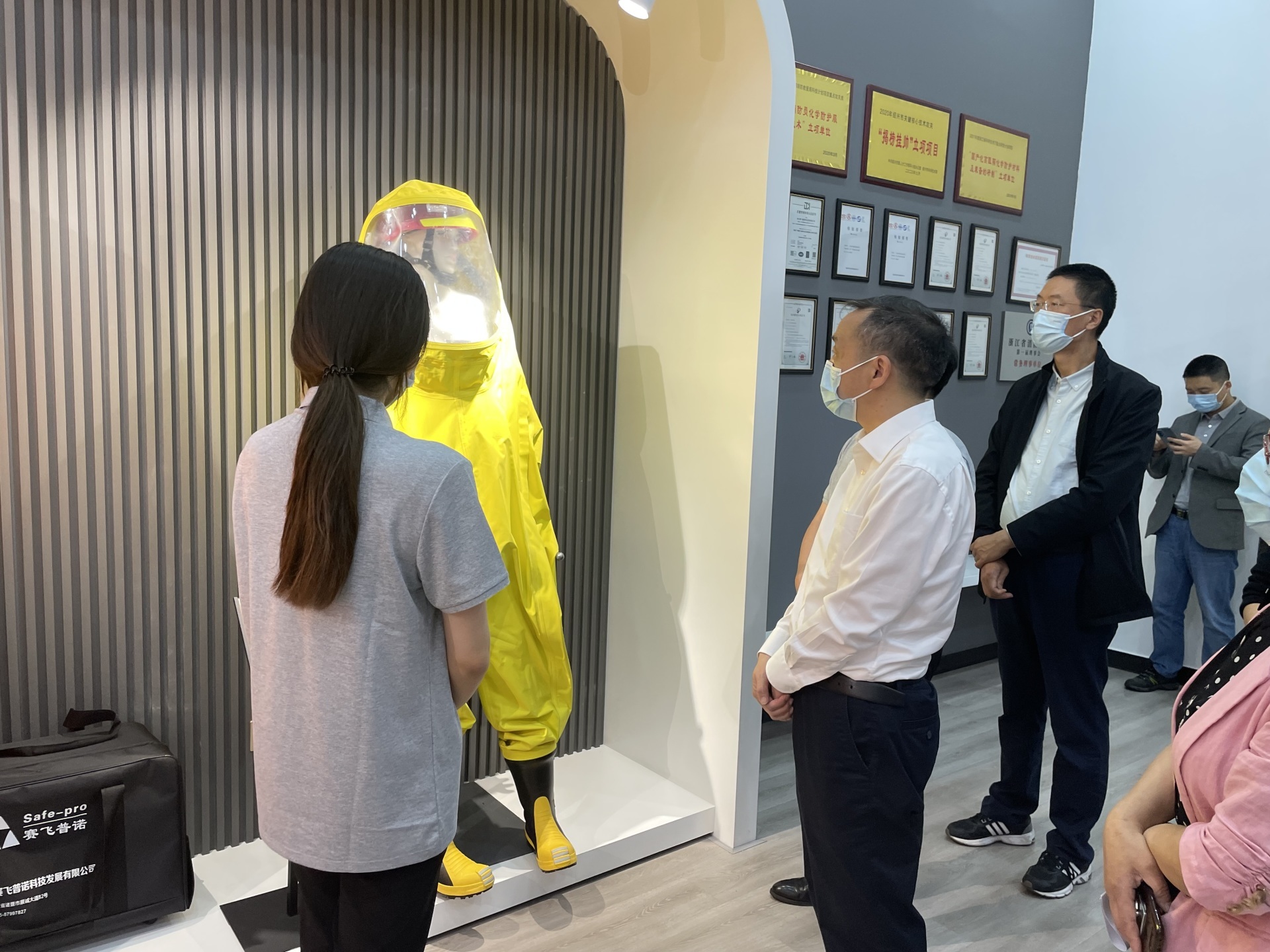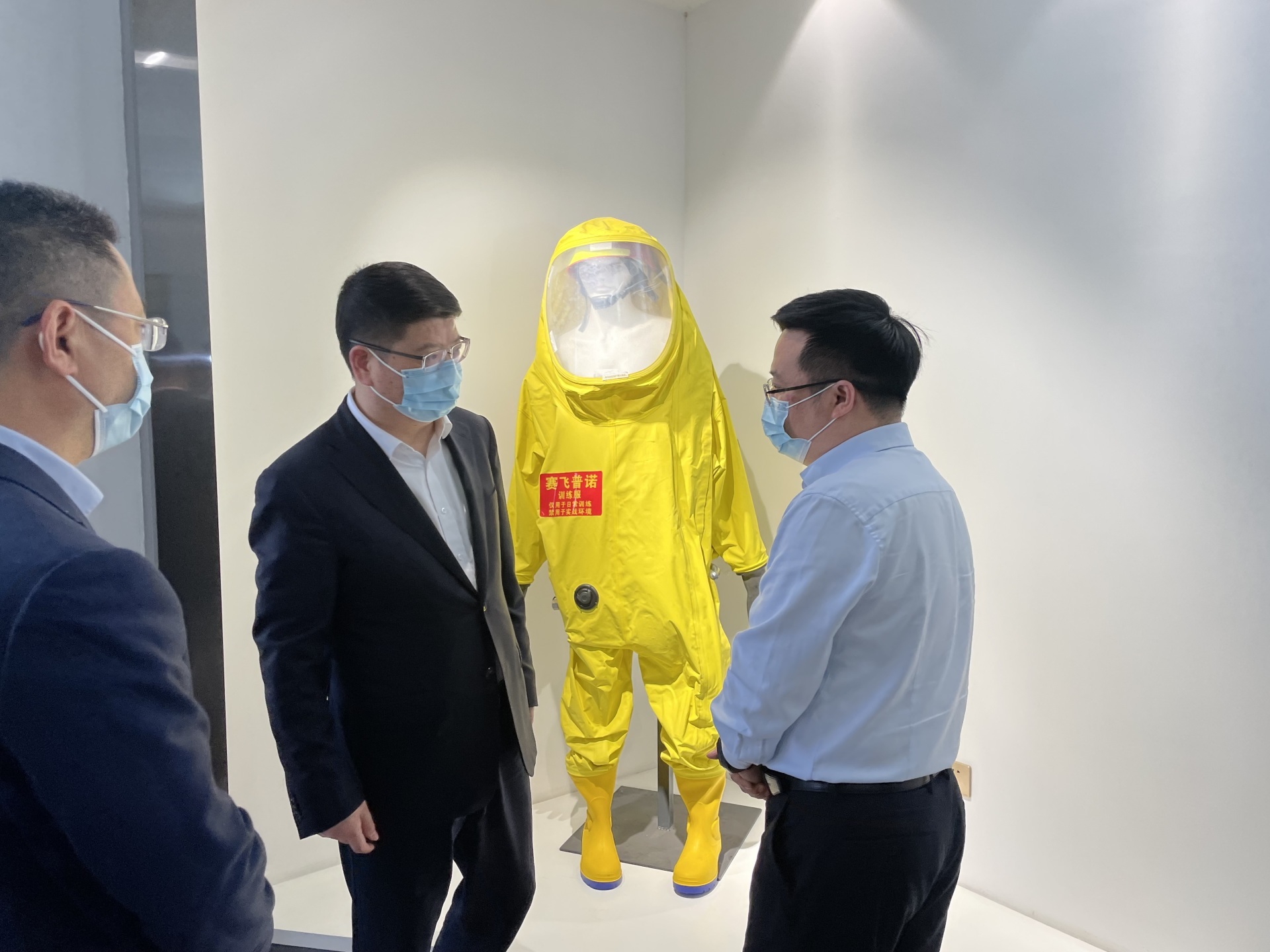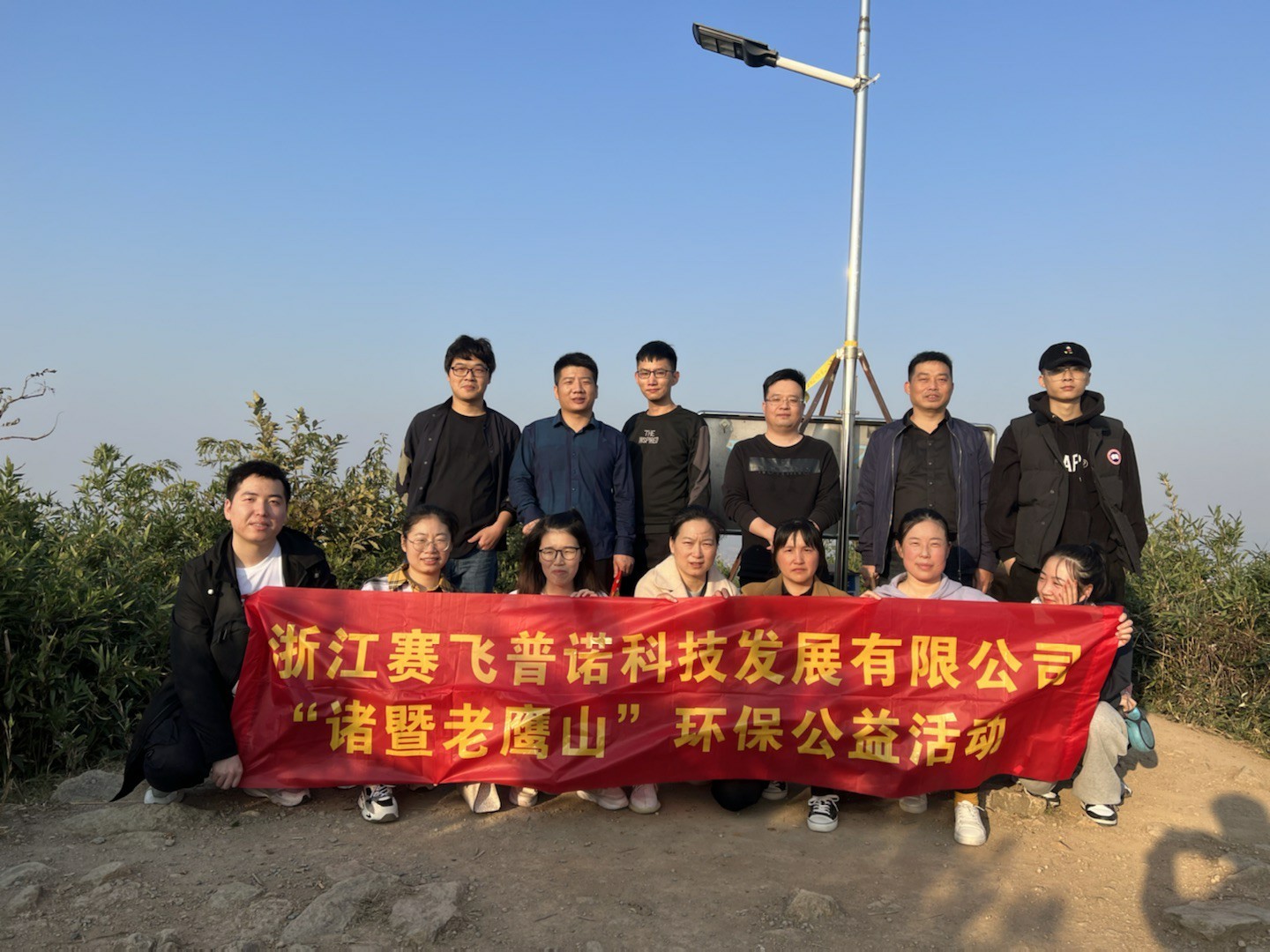What is included in the first level of protective equipment
Release time:
2021-01-29
In personal protection of medical personnel, standard prevention, primary protection, secondary protection and tertiary protection system
In personal protection of medical personnel, standard prevention, primary protection, secondary protection and tertiary protection system
1. standard prevention system: 1. gloves should be worn when contacting with substances such as blood, body fluids, secretions, excretions and contaminated articles;
2. Wash hands immediately after taking off gloves; (Wearing gloves is not a substitute for washing hands)
3. Once in contact with blood, body fluids, secretions, excretions and other substances and contaminated items should be washed immediately;
4. Special attention should be paid to all sharp instruments to prevent being injured. For example, it is forbidden to re-cover the disposable needle after use. It is forbidden to directly contact the needle and blade after use with hands; The sharp instrument must be put into the sharp instrument box after use.
5. When the work clothes, face and eyes of medical personnel may be splashed by blood, body fluids, secretions and other substances, they should wear disposable surgical masks or medical protective masks, protective glasses or masks, and wear isolation gowns or aprons.
6. Correct disinfection measures shall be taken for the medical instruments and appliances used by patients, and the instruments used by non-infected patients shall be washed after being soaked in enzyme detergent. Instruments used by infected patients are first disinfected by physical or chemical methods, then cleaned regular, and finally disinfected or sterilized.
7. Environmental cleaning: Each department has daily cleaning standards and sanitary treatment procedures. On the basis of thorough cleaning, proper disinfection of bed units, equipment and environmental surfaces, bed rails, door handles, wheelchairs, etc.
8. Set up isolation room: patients with the same pathogenic bacteria infection can live in the same isolation room to restrict the patient's going out. For example, patients with respiratory tract must wear masks when they are out of the isolation room due to their illness.
9. Equipment that can replace mouth-to-mouth resuscitation should be available in areas requiring mouth-to-mouth resuscitation.
10, medical staff to stand in the upper hand of patients with respiratory tract infection.
2. Level 1, Level 2, Level 3 Personal Protection System
General protection: applicable to the general emergency, general ward medical staff.
Strictly abide by the principles of standard prevention.
⑵ Work should wear overalls and surgical masks.
(3) Carefully implement hand hygiene.
Level 1 protection: applicable to fever, outpatient, emergency medical staff.
Strictly abide by the principles of standard prevention.
Strictly abide by the rules and regulations of disinfection and isolation.
(3) Wear overalls, gowns, work caps and surgical masks when working? Wear latex gloves when necessary.
The strict implementation of hand hygiene.
(5) personal hygiene treatment and pay attention to the protection of respiratory tract and mucous membrane.
Secondary protection: it is suitable for medical personnel who enter the observation room and isolation ward (room) of suspected and confirmed patients; medical personnel who come into contact with patients' blood, body fluids, secretions, excretions and articles used by patients; medical personnel and drivers who transfer patients.
Strictly abide by the principles of standard prevention.
Strictly abide by the rules and regulations of disinfection and isolation.
(3) The medical staff who enter the isolation ward and the isolation ward must wear medical protective masks? Wear work clothes, isolation clothes or protective clothing, shoe covers, gloves and work caps. In strict accordance with the division of clean area, potential pollution area and pollution area, wear and remove protective articles correctly and pay attention to the hygiene and protection of respiratory tract, oral cavity, nasal mucosa and eyes.
Level 3 protection: applicable to medical personnel who perform operations that can trigger aerosols.
The operations that can cause aerosol include endotracheal intubation, atomization therapy, sputum induced examination, bronchoscopy, respiratory tract sputum suction, tracheal incision care, chest physical therapy, nasopharyngeal suction, positive pressure mask ventilation, high-frequency oscillatory ventilation, resuscitation operation, post-mortem lung biopsy, etc.
In addition to secondary protection, a face mask or comprehensive respiratory protector should be worn.
Related News
let's get in touch
If you are interested in our products and solutions and want to learn more, please feel free to contact us.
CONTACT INFORMATION
Telephone
WhatsApp:
location
Address
Building 2, No. 40 Dalu West Road, Taozhu Street, Zhuji City, Zhejiang Province
Copyright © 2025 Zhejiang Safe-pro Technology Development Co., Ltd.








